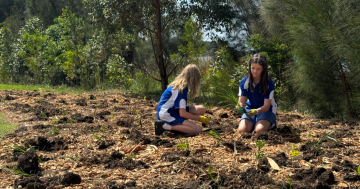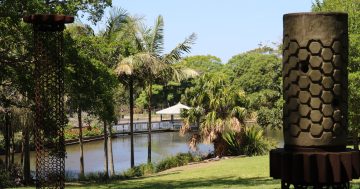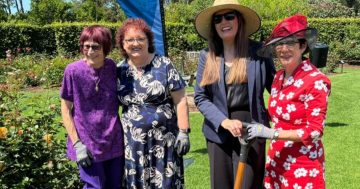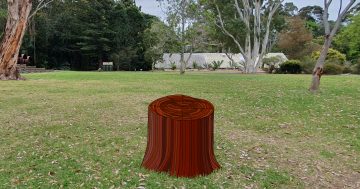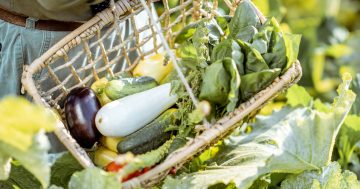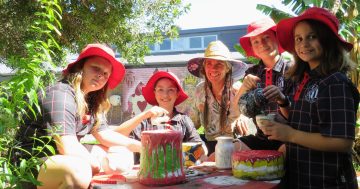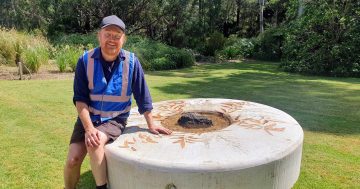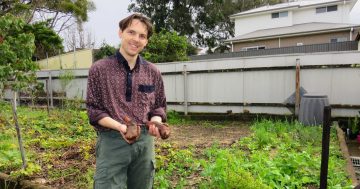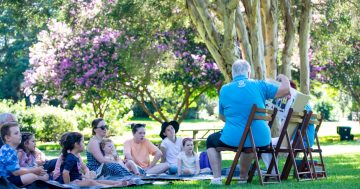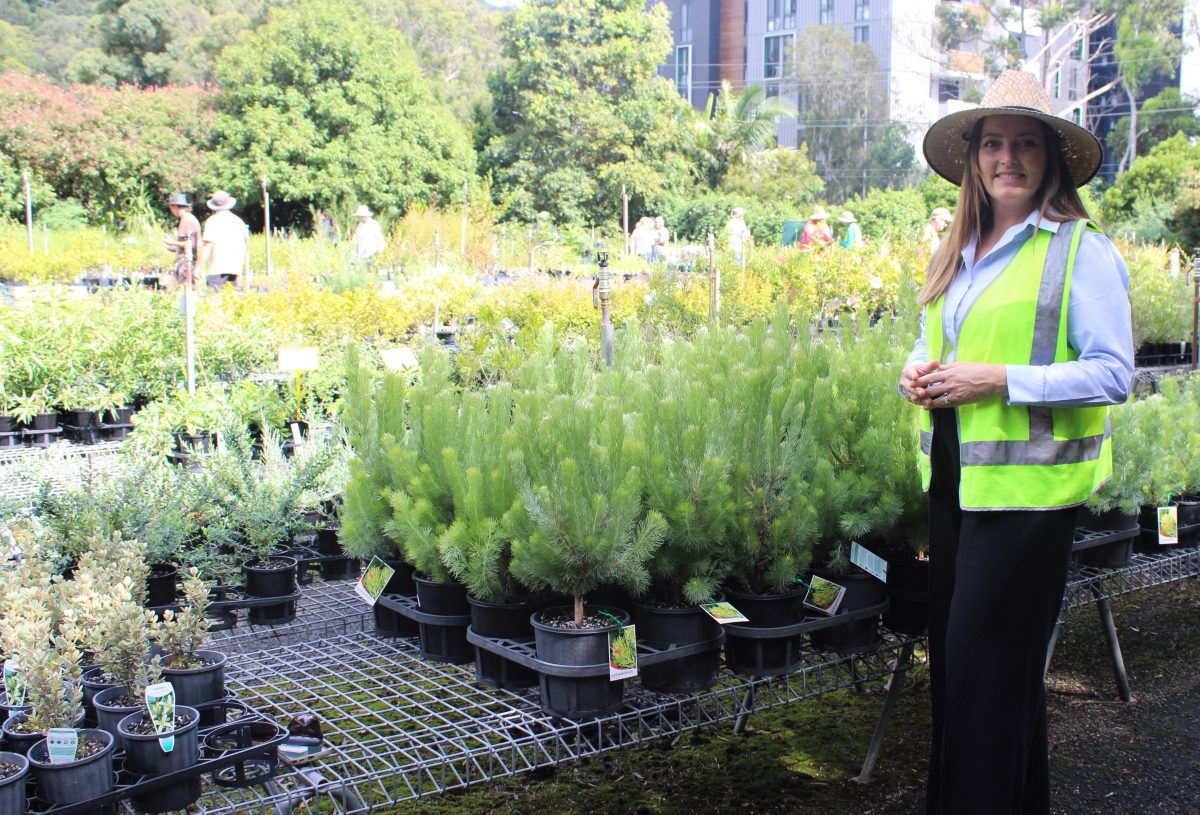
Wollongong Botanic Garden curator Felicity Skoberne shares her tips to keeping your garden healthy this summer. Photos: Keeli Royle.
Whether you’re looking to spend the summer fixing up your garden or heading off on holiday and needing your plants to fend for themselves for a little while, a few simple steps could give your greenery the best chance of survival and help them thrive throughout the season.
If you’re starting from scratch, Wollongong Botanic Garden curator Felicity Skoberne said the choice of plant for your specific location could be crucial.
“It’s absolutely imperative that you get the right plant for the right place,” she said.
“If it’s a full sun area, look at the labels on your plants or do a little bit of research online and if you see something that has been struggling for a while, it’s likely that it doesn’t really like its position.
“If the plant, for example, enjoys a free draining soil and you’ve got a place that’s constantly wet, or low-lying or a heavy clay, you might either need to improve the soil itself or just relocate those plants to somewhere in the garden where they have a bit more elevation.”
While plants will need attention to survive, there are some options that are more low maintenance.
“There’s some things like native pigface, which is called Carpobrotus glaucescens; it’s a ground cover with a hot pink flower. It grows in the sand dunes in the Illawarra so it can cope with heat, it can cope with rain, it can cope with salt – it’s a pretty tough little guy,” Ms Skoberne said.
“We’ve also got ones like white correa, or correa alba, which is also a really beautiful plant; it’s a shrub that’s around knee-high and it’s hardy and the leaves can be used as a tea as well.”
Once you’ve picked the type of plant, the actual process of putting it in the ground is just as important, particularly if it needs to survive high winds or rain washing away layers of soil.
“I recommend that when you put a plant in that you actually dig the hole twice the width of the pot that it came in and twice the depth,” Ms Skoberne said.
“You’re going to actually have to put in a little bit of elbow grease there to actually not just dig a small hole.”
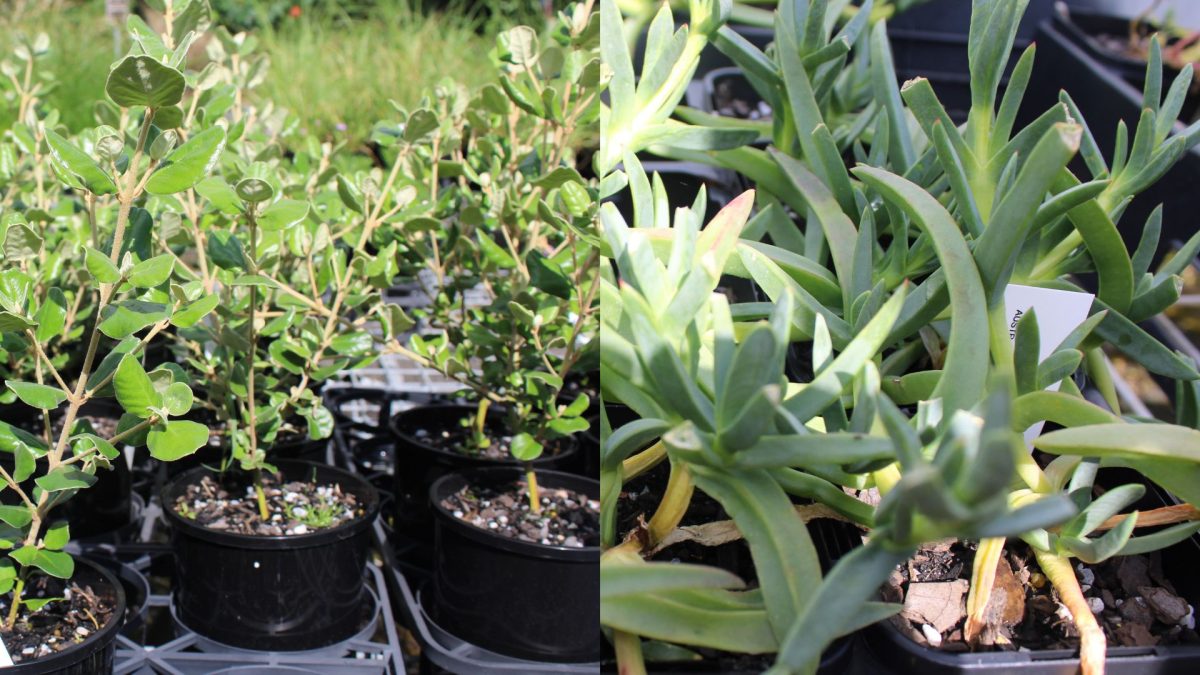
White correa (left) and native pigface (right) are some of the plants that tend to survive with less attention.
Watering your plants may seem like a no-brainer, but the time of day you water your plants can make a lot of difference, particularly if there is a run of hot days expected.
“Preferably in the morning is the best time to do it or the mid to late afternoon, otherwise a lot of the water you put in will just be evaporated,” Ms Skoberne said.
“In the evening is not a great time to water your plants if they’re outdoor plants because if it’s a humid time, which it often is in summer, it can actually create a fungal or a rot situation.”
And watering too much can be just as bad as too little.
“You can overwater a plant,” Ms Skoberne said. “Stick your finger into the soil; it shouldn’t feel sloppy, it should just feel damp.”
If you’re going away, Ms Skoberne said to put catch trays filled with water under your pot plants so they can absorb as needed while you’re away, and to give the plants in your garden a good deep water.
“What that involves is not just light spraying foliage or a general water across the top of your plants. Grab the hose and put it right down near the root ball of the plant, the base of the stem, and let it drink for a good minute each, obviously depending on the size of the plant.”
She said adding mulch and wetting agents could help the plant to retain moisture for longer, but you’d still have to water them again first thing when you returned.
If all your plants are continuing to struggle even though you’re doing all the right things, the problem may actually be with the soil.
“If nothing’s growing in the garden bed it’s really important to get some horticultural help – maybe go to one of the hardware stores, get an alkalinity kit and just see how alkaline or how acidic your soil is,” Ms Skoberne said.
Horticulturalists are on-site at Wollongong Botanic Garden’s monthly Greenplan plant sales to help guide you in what’s best for your garden, but Ms Skoberne said not to put too much pressure on yourself to get it perfect first time around.
“You might just be a really great green thumb and be able to make anything flourish, but for most people gardening can be challenging and I think it’s important not to beat yourself up and just experiment a little.”
To see upcoming Greenplan Plant Sale dates visit the Wollongong Botanic Garden website.









